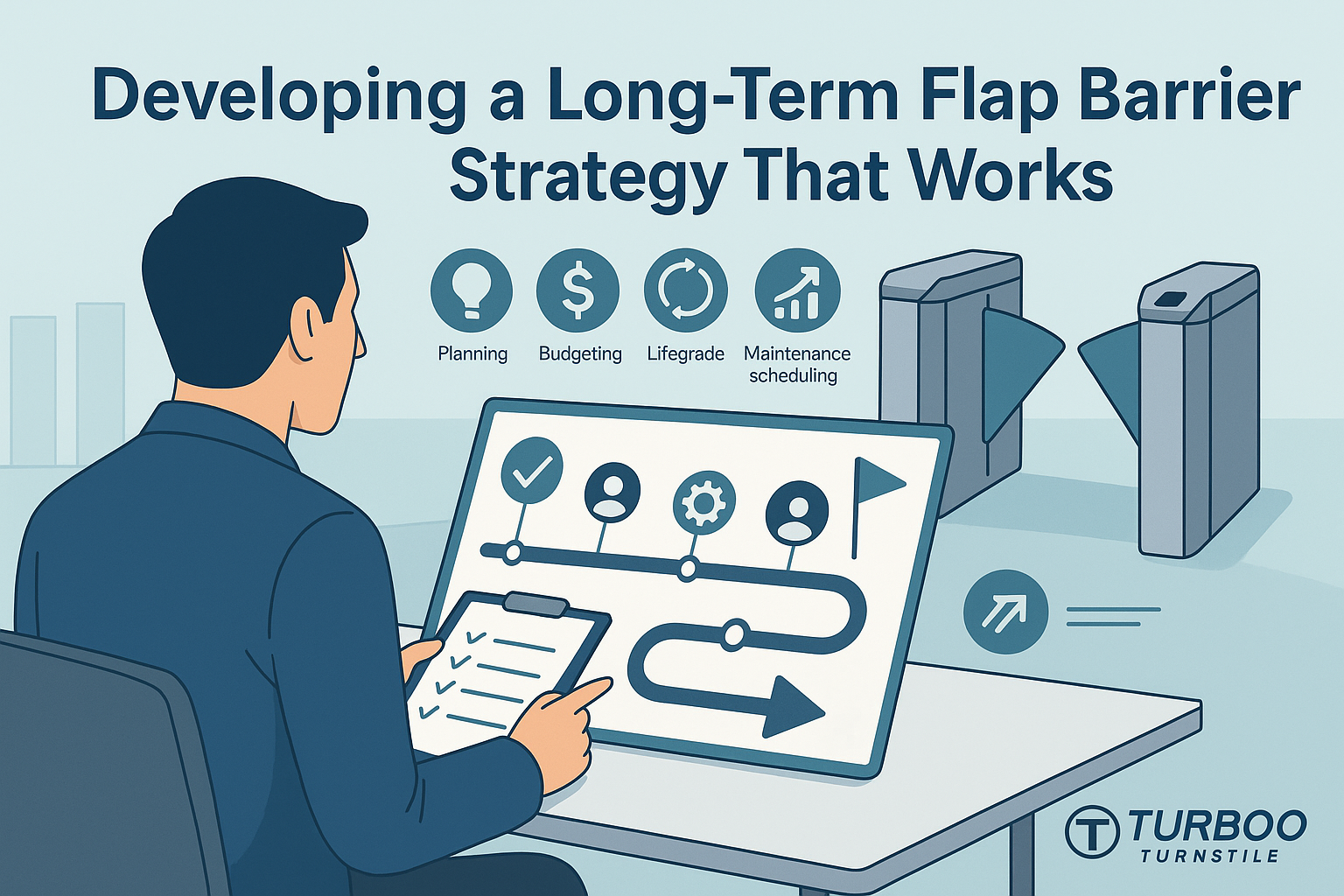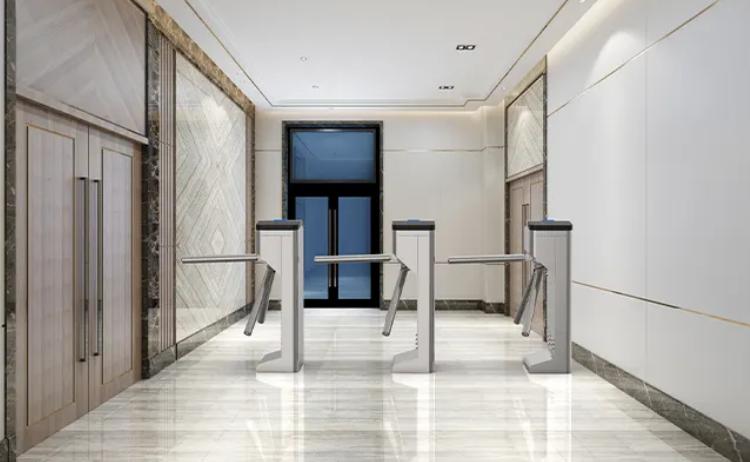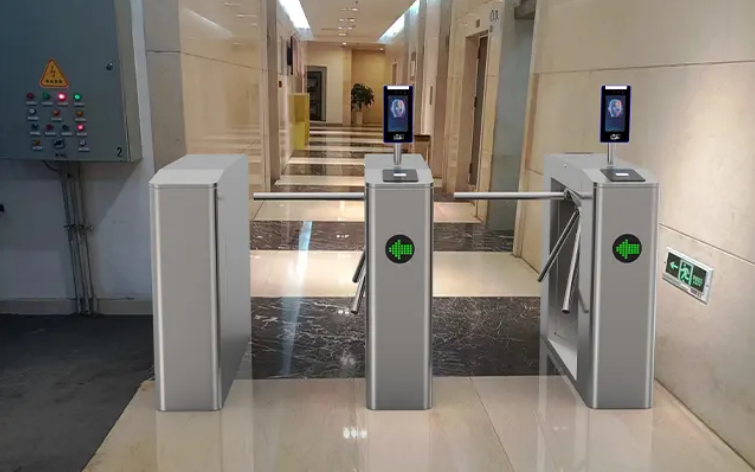Developing a Long-Term Flap Barrier Strategy That Works


Many companies buy access control systems without thinking about what happens later. They focus on solving today’s problem—keeping people in or out. But they forget about what comes next. When that system breaks too soon or can’t connect with new tools, they’re stuck. The result? Extra costs, delays, and stress for everyone involved.
A smart flap barrier system strategy avoids this. It keeps your security setup working year after year. It helps you adjust when your building or team grows. And it saves time, effort, and money down the line.
If you’re in charge of picking or managing a barrier system, you need a plan that works today—and tomorrow. This guide is here to help. We’ll walk through what to think about, what to ask, and how to build a plan that lasts. Whether you’re running a busy office, a school, a station, or a factory, this article gives you the steps to make better choices from the start.
What a Long-Term Flap Barrier Plan Should Do
A good long-term flap barrier plan does more than open and close gates. It gives your team control and your building safety. But most of all, it keeps doing that for years. That means fewer repairs. Less confusion. And better use of your budget.
A smart plan will grow with you. Maybe your company adds more staff. Or maybe your space changes. The system should work just as well then as it does now. You should not need a full replacement just because something small changed.
The plan should also be clear. Everyone who uses it—from the IT team to the receptionist—should understand how it works. If only one person knows the system and they leave, that’s a problem. A strong flap barrier system strategy avoids that risk.
When you plan for the long term, you make smarter choices. You buy once, install once, and manage it well. That saves money. And it also builds trust with the people who use the system every day.
Understand Your People and Places First
Before you buy anything, you need to know how people use your space. This sounds simple, but many companies skip it. They look at the equipment first. That’s backward. You need to start with the people.
Ask: who is coming through the doors? How often? Do they use badges, fingerprints, or phones? Are there rush hours—like school start times or shift changes? All of this shapes the flap barrier you need.
Also think about the location. Is it inside or outside? Is there space to install wiring or a power source? If your door opens onto a small hallway or into the rain, some models may not fit well.
When you know your users and your space, you can choose the right system. You won’t overbuy features you don’t need. You won’t underbuy and end up with traffic jams or safety risks. The best entry system strategy starts with a good look around your site.
Think About the Full Barrier Lifecycle
Buying a barrier is not just about price today. It’s about what it will cost and do for the next five, ten, or more years. That’s why you need to think about the full barrier lifecycle.
This means asking how long it will last. What kind of care does it need? How often do parts break or need service? Can your team fix it—or do you always need a vendor?
You can use this lifecycle to plan better. For example, if you know a motor needs to be replaced every three years, you can budget for it. If updates come every six months, your IT team can schedule them.
Many problems come from systems that are bought cheap and fail early. With a lifecycle view, you see the real cost—not just the price tag. You also plan support, training, and spare parts.
In short, lifecycle thinking helps you protect your investment. You avoid surprises. And you build a system that works the way it should, year after year.
Choose Tools That Can Grow with You
Your building or business won’t stay the same. Maybe you’ll hire more people. Add a second entrance. Or shift to newer tech, like mobile ID or face scans. Your flap barrier should not hold you back.
That’s why it helps to choose a system that can grow. This means one that works with many kinds of readers. Or one that lets you plug in new tools later. It might mean software that lets you add lanes or zones without starting over.
Look at trends 2025. They show where entry tech is going. More systems now work with cloud tools. Some talk to your phone. Others link with fire alarms, elevators, or cameras. Your barrier needs to fit in.
If your setup can’t change, then every change costs more. You’ll need new gear, new wiring, or even a whole new system. That’s a big waste.
With a long-term flap barrier system strategy, you plan for growth. You buy tools that keep working, even when your needs change. That’s smart business.
Find a Supplier Who Thinks Ahead
A good supplier does more than sell you a product. They help you plan, install, and manage it. They think about your future—not just your order. That kind of support makes your flap barrier system strategy stronger.
Ask the supplier about service. Will they train your team? Can they fix things fast? Do they offer regular updates? A supplier that’s ready to support you for years is worth more than one who just ships boxes.
Also look at what they’ve done before. Have they helped other places like yours? What do their customers say? A strong history shows they can keep promises.
If you don’t trust your supplier, you’ll worry about every step. That slows things down. But with a good partner, you get peace of mind. You know who to call. You know they’ll help. That’s what makes a long-term plan work.
Don’t Buy on Price Alone
Everyone wants to save money. But with flap barriers, the cheapest choice now can cost more later. Many low-cost systems break early. Or they don’t work well with other tools. Then you end up paying for fixes, upgrades, or a full replacement.
Ask what’s included in the price. Some systems need special readers or extra software. Some need more training. If the vendor doesn’t offer support, that’s another cost.
Also check how easy it is to get spare parts. If parts take weeks to arrive, your entrance stays broken longer. That’s not just a hassle—it’s a risk.
Good value means good support, solid tools, and a clear future. Don’t get tricked by a low number. Your flap barrier plan should focus on value, not just price.
Make Sure Your Team Is Involved
No one runs a building alone. Your IT, security, and maintenance teams all play a part. That’s why they all need to be part of your flap barrier system strategy.
IT checks the software. They make sure it works with your network. They plan updates and handle alerts. Security knows who needs access, when, and where. They also watch for misuse or safety gaps.
Your facilities team handles wiring, space, and repairs. If the system is hard to install or hard to reach, they’ll be the ones fixing it.
If these teams don’t talk early, problems show up later. The barrier might not connect right. Or it might need power in the wrong place. That slows everything down.
Involve your team from the start. Share plans. Ask questions. Let them test the system. When everyone agrees, your plan will go smoother—and your barrier will work better.
Keep Things Easy to Use
A long-term flap barrier plan works best when the system is easy. If people get stuck, press the wrong buttons, or walk the wrong way, things break. That slows down entry and adds stress.
Your staff should feel confident using it. Visitors should get through without asking for help. And your team should fix small problems without calling tech support every time.
Easy also means clear signs. Good lighting. Simple rules. Fewer moving parts. These things may seem small, but they make a big difference over time.
The simpler the system, the fewer the problems. It works faster. Breaks less. And helps your building run better. That’s a big win.
Plan for Maintenance and Repairs
Even the best barrier will need care. Motors wear out. Sensors go off track. Dust builds up. That’s why your long-term strategy must include service.
Talk to your vendor about what breaks most. Ask how often they check the system. Can they fix things fast? Do they have parts nearby?
You can also train your team to handle small things. Reset errors. Clean sensors. Replace basic parts. This saves time and money.
When you plan for upkeep, nothing stays broken for long. That keeps your entry smooth. It also keeps people safe and happy.
Review Your System Every Year
Buildings change. So do teams, rules, and technology. That’s why even the best flap barrier system strategy needs a regular review. Once a year, take time to check what’s working and what’s not.
Start with how people use the system. Has traffic gone up or down? Are people using new types of credentials? Have any new areas been added to your building?
Next, look at performance. Did anything break? Were there long wait times? Did staff have trouble using the system? These answers help you find weak spots before they turn into big problems.
You don’t need a full upgrade every year. But you might need to update settings, add a new reader, or replace old parts. These small steps keep the system running well.
Annual checks also help you adjust your long-term plan. Maybe your needs changed. Maybe new tools came out. A quick review keeps you on track and saves time later.
Use Smart Strategic Planning
Good planning makes things smoother. That’s true in business, and it’s true for barrier systems. When you think ahead, you avoid trouble. You also get more value from what you buy.
Smart planning doesn’t have to be hard. It just means setting goals, tracking what matters, and adjusting when things change. You can use help from experts too. Many groups offer tools and tips, like strategic planning guides for big projects.
Set a clear start and end for your plan. Know what you want now, and where you want to be later. This helps you pick the right gear, team, and support.
With good planning, your flap barrier strategy won’t just work—it will grow with you. That’s how you build something that lasts.
Follow the Latest in Security and Access
The world of security keeps changing. New threats come up. New tools are made. If you don’t follow these changes, your system can fall behind—even if it worked great last year.
That’s why it helps to stay updated. Read news from security trends. See what’s new in access tech. Look at how other buildings manage their systems.
When you stay informed, you can spot problems early. You’ll also find better ways to do things—like faster check-ins or smarter alerts.
You don’t need to be an expert. Just stay curious. Ask your vendor what’s new. Check updates once in a while. A little knowledge now can save you big trouble later.
Start With a Good Procurement Strategy
The first step in a good system is how you buy it. A smart buying plan leads to better choices, better prices, and better results. That’s why you need a procurement strategy that fits your long-term goals.
A clear buying plan looks at needs, not just costs. It compares systems, checks vendors, and sets rules for what matters most. It also gets your whole team on board.
A good strategy avoids rushed choices. It gives you time to test tools, ask questions, and make sure everything fits. That saves money, time, and stress later.
Start strong, and the rest of your flap barrier plan will be easier. That’s why procurement isn’t just a start—it’s a key part of the whole plan.
Simple Checklist for Long-Term Barrier Planning
- Know how many people use your doors and when
- Pick a system that can grow with your site
- Choose a supplier who offers long-term help
- Plan for support, updates, and part replacements
- Make sure your team is trained and ready
- Check the system every year and adjust your plan
- Stay updated on security trends and new tools
- Start with a smart procurement strategy
FAQs
Q1: How long should a flap barrier last?
A good barrier can last 7–10 years with the right care and updates.
Q2: Do I need to replace my whole system if I add a new entrance?
Not always. If your system is modular, you can just add to it.
Q3: What happens if the system breaks?
You should have a support plan. Some issues are fixed by your team. Others need vendor help.
Q4: Can I use mobile or face ID with older barriers?
Maybe. It depends on your system. Some older models can upgrade.
Q5: How do I know if my plan is working?
If the system is fast, safe, easy to use, and rarely breaks—you’re on the right track.












